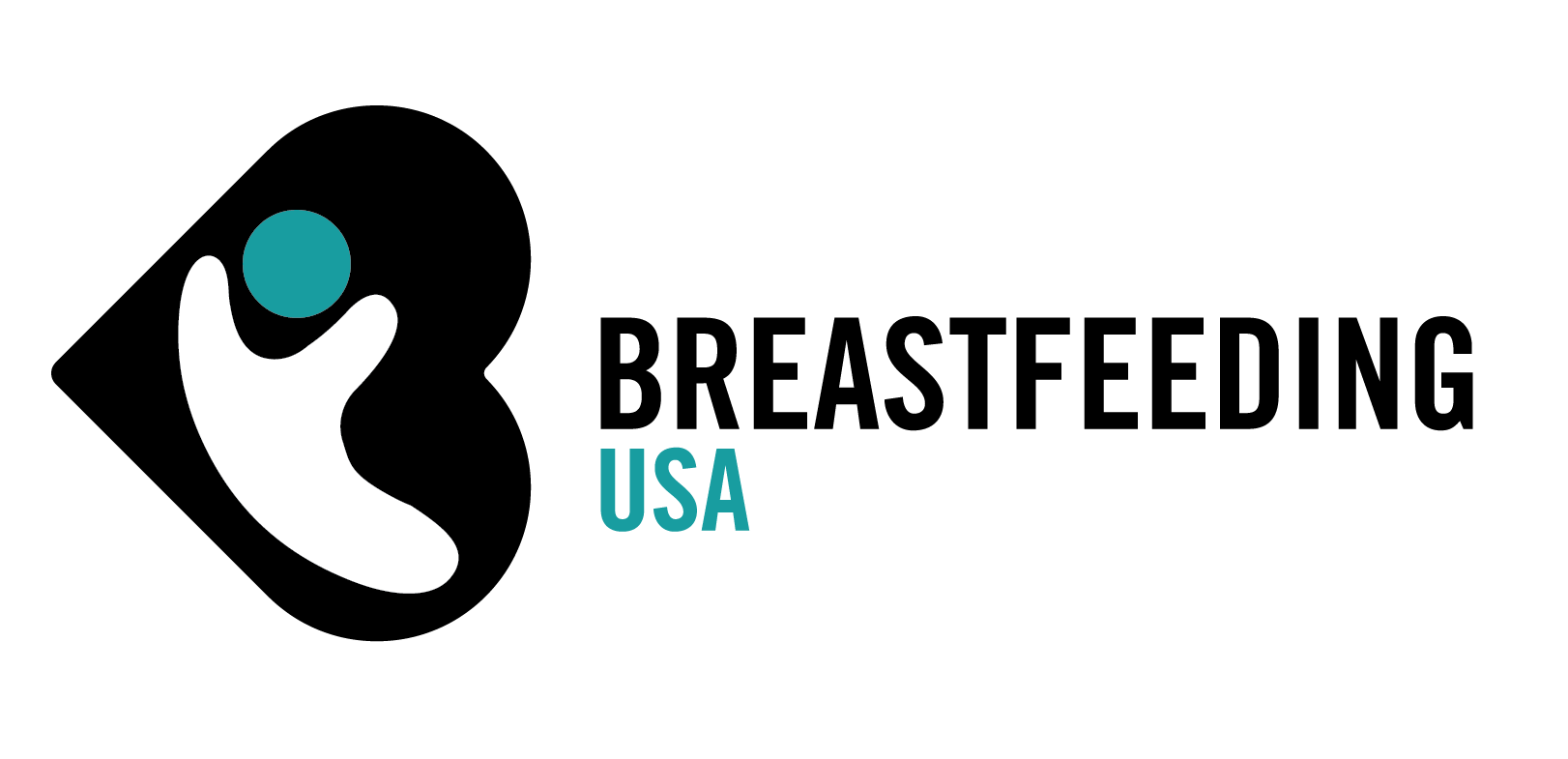By Christy Sharer

Have you ever been told that a certain fruit or vegetable will be less nutritious for you after your next birthday? Many would scoff at such an idea. However, some parents may believe they need to stop breastfeeding after their child turns one. Parents may receive information about switching their baby to cow’s milk or milk alternatives, which can lead to the belief that these options are equivalent or suitable replacements for breastfeeding even though they are not. Parents or caregivers may believe that once a baby begins eating more solids that human milk is no longer necessary or important for their child’s growth. The reasons for breastfeeding continue well beyond infancy, providing continued social and emotional benefits, and human milk continues to be an unrivaled source of nutrition as children age.
There are many reasons to continue to breastfeed beyond infancy, which is sometimes referred to as “extended”, “full term” or “natural term” breastfeeding. Nursing continues to provide a bonding opportunity between parent and child, no matter the child’s age, and can provide a reliable moment during the hustle and bustle of busy days to connect with each other. This can become especially important for toddlers who are exploring their new found freedom, thanks to their increased mobility, as nursing can provide a quiet moment of rest and comfort in their busy day. Breastfeeding can also provide an opportunity for a child to settle or soothe after an upsetting event, from a scraped knee to a squabble with a sibling, and can be a relaxing part of a nap time or bed time routine. Breastfeeding as a source of comfort may also help little explorers to feel more secure and independent, knowing that they have the nursing relationship to return to as needed. Contrary to myths presented in popular media, there is no evidence to support the idea that children who are breastfed for longer durations of time will become anxious or overly dependent on caregivers (Bonyata, 2016).
Human milk also continues to provide essential nutrition after infancy, adapting and changing to the child’s needs and nursing patterns. While older children may be getting most of their calories from solid foods, human milk is an important source of vitamins and nutrients. It is estimated that human milk can meet one third of a child’s daily energy needs between the ages of 12 and 24 months (WHO, 2016). Breast milk also continues to provide important nutrients during illnesses, and studies have found that breastfeeding past the first year can reduce the length and frequency of illnesses (Bonyata, 2016). Breast milk produced for children ages 12-23 months provides a significant source of protein, calcium, vitamins A, B12 and C, and folate (Bonyata, 2016). Longer durations of breastfeeding can also have positive health benefits for the nursing parent in reducing risk of ovarian and breast cancers, as well as protecting against cardiovascular disease and osteoporosis (Bonyata, 2016; WHO, 2016). Throughout the lifespan, breastfeeding contributes to intellectual and social-emotional development.
The Breastfeeding Relationship Beyond Infancy
Families and caregivers may find it helpful ahead of the first birthday to consider their plans for continuing the nursing relationship. There may be outside pressure from well-meaning individuals or even conflicting information in the media that causes parents to believe they must wean their child from breastfeeding after a certain point in time. There may be a medical reason to reduce the number of nursing sessions or to wean completely, which should be explored and evaluated with a trusted medical provider. Children who displayed disinterest in solid foods can continue to breastfeed, while exploring factors that may be contributing to the disinterest. Often times parents may not have exposure to other children who continue to nurse past their first birthdays, which may influence the decision to wean. However, the breastfeeding relationship can continue to thrive for many years, meeting the child’s physical and emotional needs and serving as a significant contributing factor to optimal childhood development.
As with most other parenting decisions, there is no simple or correct approach. Some may decide to stop pumping to provide milk during separations and continue to nurse on demand while around their child. Some families decide to reduce the number of nursing sessions per day or eliminate certain nursing sessions from the daily routine. With time, children may naturally reduce the number of times they request to nurse while others may continue to nurse frequently throughout the day. You can find information specific to weaning on our website: “Weaning: Every Mother’s Journey” and “Thinking About Weaning?” Parents may encounter information about night weaning, the process of eliminating nursing sessions during night time. As they age, children naturally begin sleeping for longer periods of time during the night, which can decrease the frequency of nighttime feedings. Night weaning may provide relief for parents who may be experiencing disrupted sleep schedules, but some children will have a difficult time adjusting to the decreases in nighttime feedings. Talking with your child and listening to his/her input is an important part of the process and an extension of respecting and responding to his/her cues.
As a child grows and understands more about the world around him and begins to communicate, it can become easier to talk about breastfeeding with the child. Parents may have discussions about the topic of nursing with their child and their child may begin to use a special name or term to indicate when she would like to breastfeed, rather than the parents having to rely on nonverbal cues or their child’s cries. Parents might begin to feel more comfortable setting boundaries about breastfeeding, ranging from delaying a child’s request to nurse to limiting the overall frequency or timing of breastfeeding. As toddlers become more active, nursing sessions may become shorter and may decrease in frequency. There may be new challenges within the breastfeeding experience as children age, as toddlers can be distractible or wiggly while nursing. Some may fear that breastfeeding may become painful as the child’s teeth come in; however, children can learn through redirection to be gentle, just as they learn how to use gentle touch with the rest of their bodies. The amount of milk produced will continue to depend upon the child’s nursing habits. Some women find that they don’t experience the physical sensations associated with milk letdowns or the sensation of fullness in their breasts, while others may continue to have these sensations.
It is important for each family to decide what will work best to meet each member’s needs. Concerns should be addressed respectfully and in a supportive manner. Some adjustments may allow for the breastfeeding relationship to endure for a longer period of time, maximizing the importance of breastfeeding.
Recommendations
The World Health Organization and UNICEF recommend that “frequent, on demand” breastfeeding continue until age two or longer (UNICEF, 2015; WHO, 2016). Data indicates that about three quarters of children aged 12-15 months continue to breastfeed, and the rate drops to about 50% between the ages of 20-23 months (UNICEF, 2016). However, these rates can vary widely across geographical locations and among socioeconomic classes. Positive support networks, both formal and informal, can be beneficial for parents to continue breastfeeding beyond infancy. Medical providers may not address the topic of breastfeeding as the infant ages, which may be perceived as lack of support, so it may be helpful for parents to take the initiative to discuss the topic with providers. Breastfeeding continues to provide benefits for both mother and child, both socially and emotionally, throughout the first years of life.
References
Bonyata, K. Breastfeeding Past Infancy: Fact Sheet. January 19, 2016.
Bonyata, K. Breastfeeding Past Infancy: 9 Myths. February 13, 2016.
UNICEF. Breastfeeding. July 29, 2015.
UNICEF. Infant and Young Child Feeding: Current Status and Progress. July 2016.
World Health Organization. Infant and Young Child Feeding. Fact sheet No 342. January 2016
Christy Sharer, LPC, NCC is a Licensed Professional Counselor with a clinical interest in maternal mental health. She is also a Breastfeeding USA Counselor in Central Pennsylvania.
© 2016 Breastfeeding USA, all rights are reserved.
